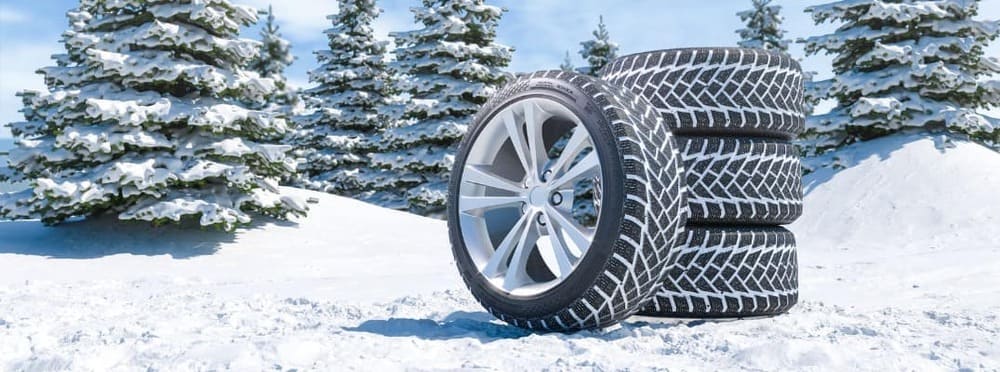
Investing in a set of winter tires is not only a matter of safety but can also save your pockets. Winter tires offer better grip while driving on snow and ice, improving fuel efficiency considerably. However, you can only improve your safety and fuel efficiency when you choose the right winter tires.
To this end, you should consider the following elements:
– The traction index of tires – tires classified as AA offer the best traction,
– The composition of the tire tread – the elastomers, reinforcing fillers, and reforming materials,
– Studded or non-studded – studded tires are the best type of tires if you drive on hills and/or roads that are not regularly applied de-icing salts,
– Snow or ice tires – snow tires are best suited for rural areas, and ice tires are best suited for driving predominantly on paved roads,
– The durability of the tires
What Are The Differences Between All Season Tires And Snow Tires
All-season tires are the typical tires that cars come with from the manufacturing plant. The tires are designed and manufactured to last long; in some cases, they’re guaranteed to last as long as 50,000 miles.
In terms of application, they’re designed for use across different weather conditions. They work well in dry, wet, and light snow. However, to strike a balance, the tire compromise on the peak ability in extreme conditions. All-season tires struggle in extreme wet conditions, snowy and icy conditions, or racetrack conditions. In a nutshell, they’re the jack of all trades but a master of none in the tires realm.
Also called snow tires, winter tires are engineered for true winter conditions consisting of frigid temperatures, snow, and ice (including black ice). The tires are designed to achieve sufficient grip in the low-grip conditions of winter. To this end, it uses unique tread rubber, which is pliable in the cold, allowing the tires to grip better. The tread patterns and depth are also unique, as they feature deeper tread depths and a pattern that channels snow and expels water. Winter tires are also designed with biting edges.
When To Get Them Put Winter Tires On Your Car
While it’s obvious you’d use snow tires when driving under snow conditions, it’s not always apparent when you should install the tires. Do you schedule tire changes at a specific date of the year, or do you wait for the first snowfall? It may seem challenging to determine at first when to put them on.
The best time to change your car tires from all-weather or summer tires to winter tires is when the temperature plummets below 40-45°F. When the overnight and early morning temperature consistency stays below the 40-45°F temperature range, you should install your winter tires. At those temperatures, your all-season tires and certainly your summer tires experience a decline in grip levels, making for a dangerous drive.
Remember that using winter tires during dry, non-snowy, or icy conditions will deteriorate the tires much quicker. So after winter, don’t delay switching back to the all-season tires.
Courtesy of absolutecarcare










